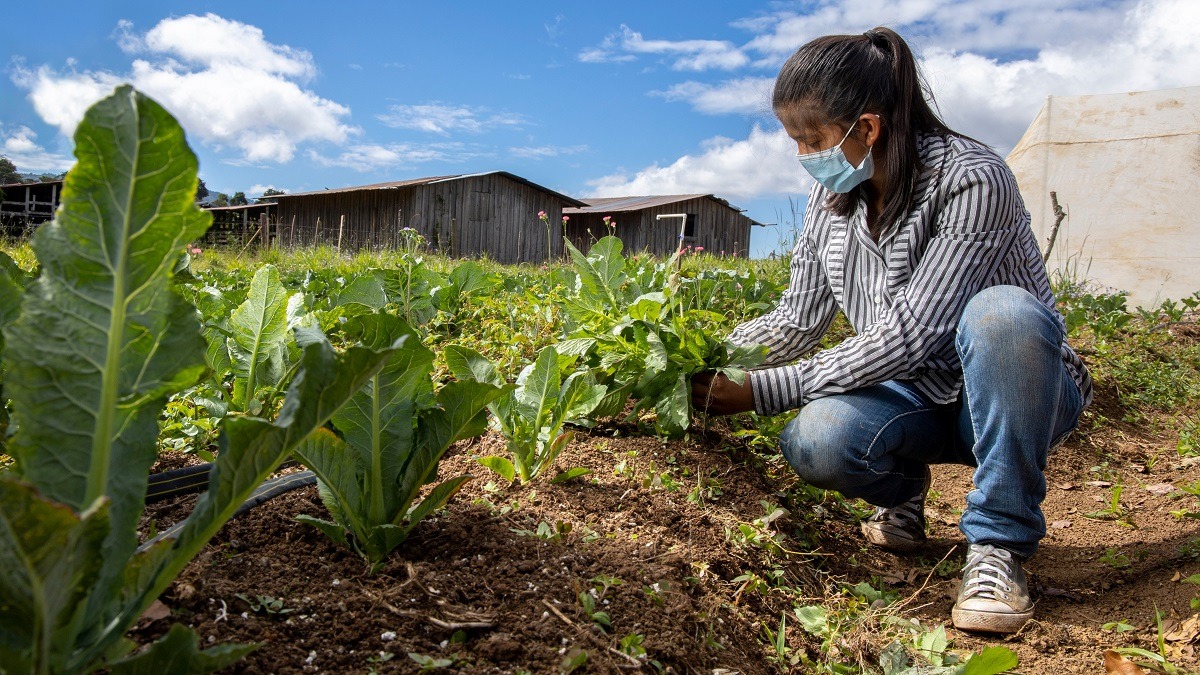YETRAC
Development-Supported Agriculture
Development-Supported Agriculture
Development-supported agriculture (DSA) is an emerging approach in real estate development that centers on the preservation and investment in agricultural land usage. In response to the economic challenges of farming and the encroachment of the real estate industry, DSA strives to strike a balance between development and the protection of agricultural land. The overarching objective of DSA is to foster small-scale organic farms that coexist harmoniously with residential development, offering advantages to farmers, residents, the local community, and the environment.
A related concept, agricultural urbanism, pertains to agricultural activities located in proximity to and seamlessly integrated with urban areas. Coined by Mark Holland and Janine de la Salle, it was further developed in British Columbia in 2008 and introduced to urban planner and founder of the New Urbanism movement, Andres Duany, during a design charrette.
Scholars such as Patrick Condon and Kent Mulnix proposed the original idea of leveraging development to support agriculture by employing mechanisms like transferring density rights from agricultural land to adjacent areas and preserving agricultural land through covenants while capitalizing on the development land value in the adjacent region that received the transferred development rights.
Andres Duany is a prominent advocate of this concept and has developed a related line of thought called Agrarian Urbanism, contributing to its wider recognition.
Development-Supported Agriculture Background
The term development-supported agriculture (DSA) was first coined in relation to the Harvest project. Various stakeholders, including planner Duane Verner, developer Nathan Wieler, and participants in the Sustainable Agriculture program at Central Carolina Community College, came together to determine the best use of a farm being sold by the owner, Paul McCoy. The project envisioned creating a unique residential community where farmers and residents could mutually benefit, enhancing the state of residential development and mitigating ecological destruction linked to typical residential development models. Landscape architects Reynolds & Jewell designed the master plan for the community, which expanded to include experienced organic farmers and experts in native plants.
DSA and CSA
DSA shares its roots with the community-supported agriculture (CSA) movement. While CSA mainly focuses on establishing direct business relationships between consumers and farmers, DSA emphasizes a barter approach, ensuring that products from DSA farms are integrated into the local economy. Moreover, DSA is a response to concerns about the urbanization of agricultural land and endeavors to preserve existing farms. It also aims to nurture a new generation of farmers by using revenue from real estate development to establish small-scale organic farms, protected in perpetuity through conservation easements and property covenants.
Five Points of DSA
Development-supported agriculture is built upon a master-planned residential development where farming serves as the central amenity. This model offers residents the opportunity to engage with small-scale organic farming. Property owners can choose to participate in farming or lease their land to a farmer, ensuring the farmland remains safe from development. Home placements are restricted to certain areas, and extensive open spaces are retained across multiple properties.
In the spirit of Le Corbusier’s “Five Points of a New Architecture,” DSA focuses on five core principles:
- Preservation of farmland through limited development and continuity of previous farming practices.
- Agreements between developers and farmers, with development providing farm infrastructure, and farmers offering farm products to residents and the local community.
- Low-impact development techniques, sustainable architecture, and conscientious ecological/environmental planning.
- Establishment of wildlife corridors and animal habitats, promotion of native plant species, and protection of water quality.
- Utilization of an open-source development model that provides a framework for master-planned farm communities and integrated local food systems.
Development-Supported Agriculture Examples
Developments in the Urban-Rural Fringe
- Harvest, North Carolina: A 200-acre development introduced in 2008 in Chatham County, North Carolina, featuring 20 individual properties with an organic farm at the center of the community. The farmbelt easement preserves farmland and rural views.
- Serenbe, Georgia: Located on one of the last undeveloped parcels in the Atlanta area, this community comprises 900 largely untouched acres with a 25-acre organic farm. It emphasizes 80% green space and has limited building sites.
- Middle Green Valley, Solano County, CA: A significant example, where a specific plan has protected over 1,400 acres of agricultural and open space. A small village of about 400 clustered homes is shielded from the main views, preserving rural culture and agricultural productivity.
Urban Agricultural Developments
- East Lake Commons: A 20-acre cohousing community near downtown Atlanta.
- Southeast False Creek and Olympic Village: An 80-acre sustainable development project near downtown Vancouver, including urban agriculture.
Future Possibilities: Vertical Farming
Vertical farming, or skyfarming, is a conceptual approach to urban agriculture. It envisions raising food in urban high-rises year-round, using greenhouse methods and recycled resources. This concept is seen as a potential response to increased urban density and rising energy costs.

